In the era of big data, web scraping has become an essential tool for data scientists and analysts. Whether you’re looking to analyze customer sentiment, track price trends, or gather data for research, web scraping provides a fast and efficient way to collect the data you need. But with so many web scraping tools available, it can be difficult to know where to start. In this article, we’ll provide a complete learning path to web scraping, covering all the major tools and techniques you need to know.
What is Web Scraping?
Web scraping is the process of extracting data from websites. This can be done manually, but it’s often faster and more efficient to use software tools to automate the process. Web scraping involves sending HTTP requests to a website, parsing the HTML response, and extracting the relevant data.
Getting Started with Web Scraping
Before you start scraping, you need to identify the data you want to collect and the websites you want to scrape. Once you have a clear idea of what you’re looking for, you can choose the appropriate scraping tool.
Choosing the Right Web Scraping Tool
There are many web scraping tools available, but some are better suited to certain tasks than others. Here are some of the most popular web scraping tools and their pros and cons:
1. Beautiful Soup
Beautiful Soup is a Python library that makes it easy to parse HTML and XML documents. It’s a popular choice for web scraping because it’s easy to use and has a low learning curve. However, it’s not the fastest or most powerful web scraping tool.
2. Scrapy
Scrapy is a Python framework for web scraping. It’s more powerful than Beautiful Soup and can handle large-scale web scraping projects. However, it has a steeper learning curve and requires more setup.
3. Selenium
Selenium is a browser automation tool that can be used for web scraping. It’s useful for scraping websites that require user interaction, such as login pages or search forms. However, it’s slower than other web scraping tools and requires more resources.
Understanding Web Scraping Ethics and Legalities
Web scraping can be a legal gray area, so it’s important to understand the legal and ethical implications of web scraping before you start. In general, it’s legal to scrape public websites for non-commercial purposes, but you should always read the website’s terms of service and robots.txt file before scraping.
Best Practices for Web Scraping
Web scraping can be a complex and time-consuming process, so it’s important to follow best practices to ensure your scraping project is successful.
1. Start Small
When starting a new scraping project, it’s best to start small and work your way up. Choose a small website or dataset to scrape and test your scraping code on that before scaling up.
2. Be Respectful of Websites
Web scraping can put a strain on websites and their servers, so it’s important to be respectful of websites and not overload them with requests. Use a scraping tool that allows you to set a delay between requests to avoid overwhelming the server.
3. Use Proxies
Some websites may block your IP address if they detect a high volume of requests from a single IP. To avoid this, you can use a proxy server to make requests on your behalf.
Conclusion
Web scraping is a powerful tool for data collection and analysis, but it’s important to approach it with caution and respect for websites. By choosing the right scraping tool, following best practices, and staying within legal and ethical boundaries, you can gather the data you need for your project.
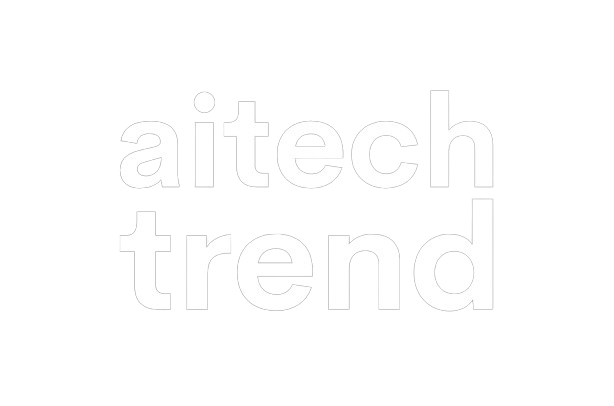




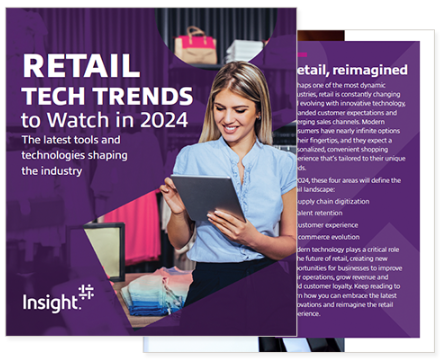
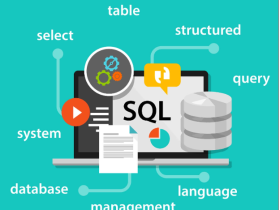
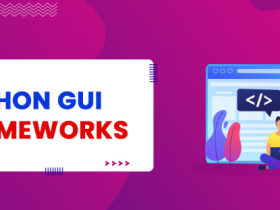
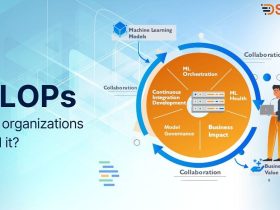
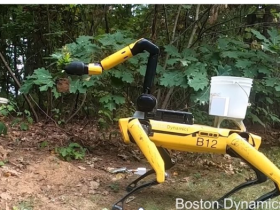

Leave a Reply